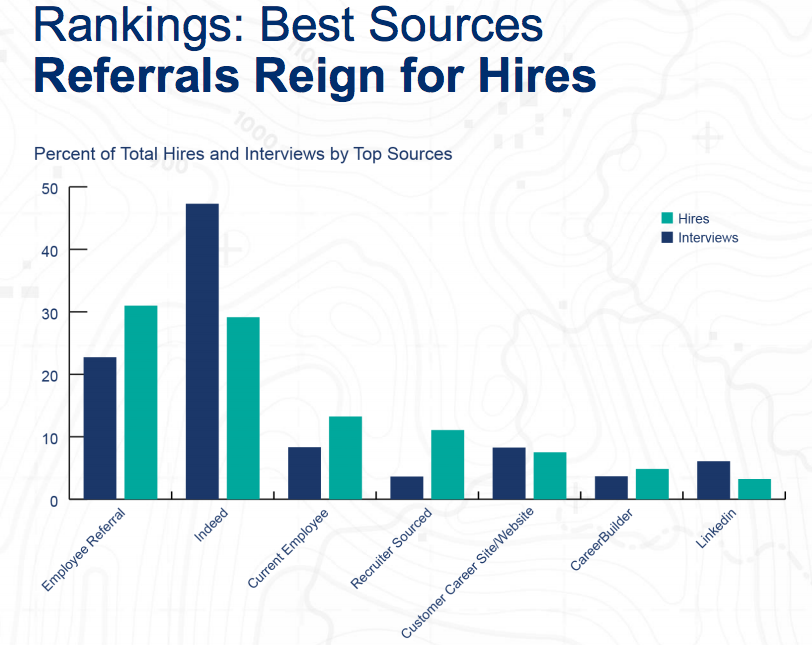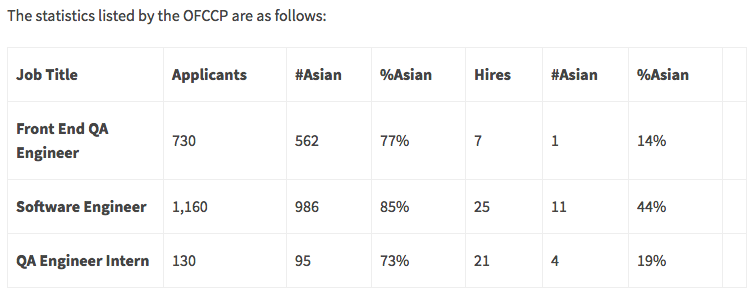The most famous quote from Machiavelli’s book “The Prince” is:
“Better to be feared than loved, if you cannot be both.”
Uh, oh, Tim is quoting Machiavelli, this blog has jumped the shark!
I heard this quote recently on the HR conference circuit. HR speakers seem to come in two types:
1. Love is bigger than fear. This is popular and most fall into this camp. It’s a feel-good play. The first rule of HR speaking, it’s always better to make the audience feel good, than to give them something they actually need.
2. Machiavelli’s assessment, It’s better to be feared. Less popular take, but I do hear it in the form of stuff like, “I’m not here to be your friend, I’m here to get results!”
I also have smart friends who pull Machiavelli’s name out anytime they want me to feel like I’m on the wrong side of something, “How ‘Machiavellian’ of you, Tim!” Okay, I get it, you’re smarter than me, how ‘Machiavellian’ for you!
The normal breakdown of leadership goes like this. You would rather be a beloved leader than a feared leader. Those leaders who are loved will be more successful than those who are feared. You have to be one or the other. Or do you?
I think all leaders deep down in places we don’t talk about at parties (A Few Good Men reference!) want to be loved, or at the very least, well liked. It’s human nature. No one really wants to be hated. It’s stressful, people don’t want to be around you, it makes for uncomfortable hugs, etc.
On the love side, love can make you do some crazy things, but so can fear. I would drive all night to help my wife or kids with something if I thought they really needed me, even if they or I could probably find another alternative. I would also probably work all night if I thought I might lose my job and I need to pay my mortgage. Love and fear are powerful in getting us to act.
I think fear is bigger when it comes to crunch time scenarios. I might ‘love’ my boss a ton, but when the project is on the line and the company might lose a major project and cost us hundreds of jobs, fear is driving the truck, not love. Love won’t bring those jobs back, fear might just win those jobs back.
As leaders, this our dilemma. I want my team to love me, but I also need a touch of fear on the edge. It’s an imperfect balance.
What I know is love isn’t the only answer, no matter how many memes you make or posters you put it on. I don’t know if Love is bigger, it’s definitely more popular, for obvious reasons, but great leaders have used both. I want you to love me, I need you to fear me a bit, in the end, I’ll probably use both to get the job done.


